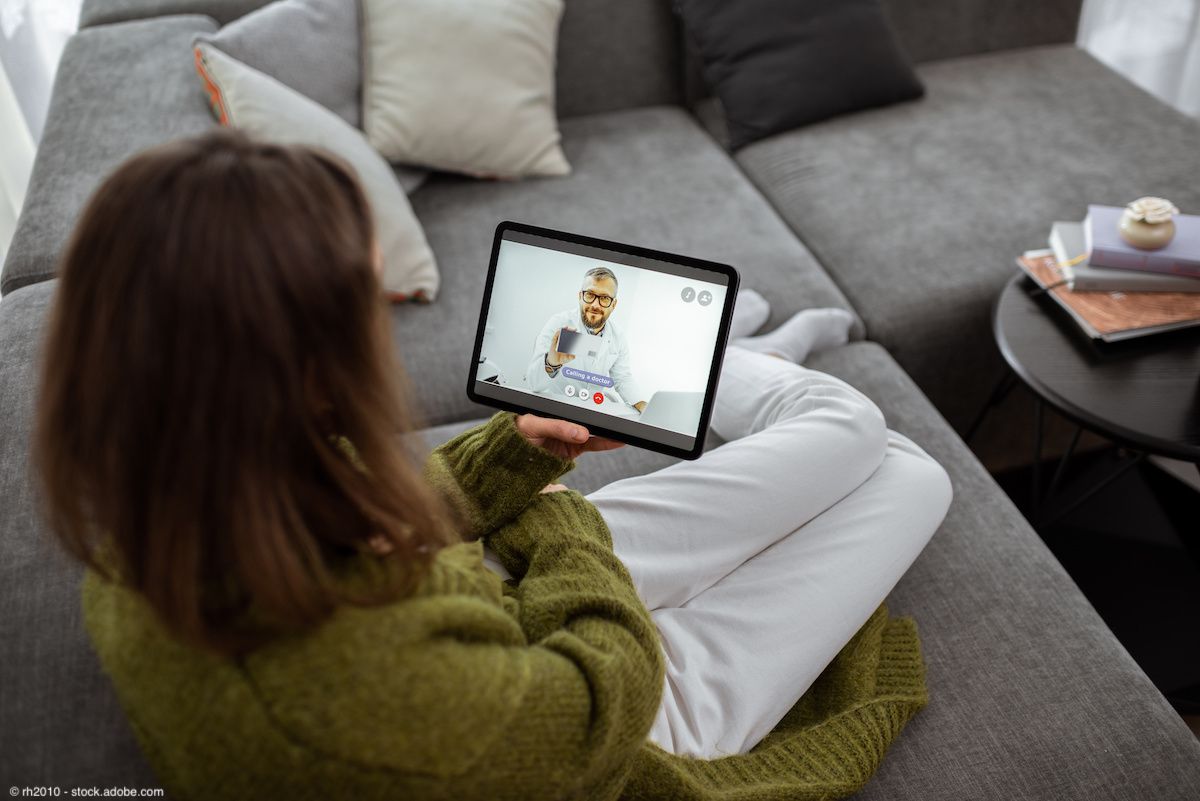News
Article
New telehealth service provides access to Leva System for urinary incontinence
Author(s):
Data from a real-world evidence study of the Leva System were recently published in JMIR Formative Research, supporting the safety and effectiveness of the program in the treatment of patients with urinary incontinence.
Axena Health has partnered with UpScriptHealth to launch a dedicated telehealth service that can connect women with clinicians to evaluate their incontinence symptoms and, if appropriate, prescribe the Leva System for the first-line treatment of urinary incontinence.1
The Leva program is designed to be used for just 5 minutes per day.

The Leva System is a digital health treatment program that provides access to pelvic floor muscle training (PFMT) for patients with urinary incontinence.The device is FDA-cleared for the treatment of women with stress, urgency, and mixed urinary incontinence as well as in the first-line treatment of patients with chronic fecal incontinence. The system works by using real-time visualization of the patients’ pelvic movement to guide PFMT. The program is designed to be used for just 5 minutes per day and is available through prescription only.
“Nearly half of U.S. women skipped a preventive care service in 2022, with difficulty scheduling an appointment among the most common causes,” said Axena Health’s Interim CEO Jim O’Connor in the news release.1 “Telehealth can be an important part of fixing this distressing gap in care. We remain steadfast in our commitment to breaking down barriers to first-line care for urinary incontinence, whether the normalization by adult diaper industry or the disparity in insurance coverage for women’s health conditions such as urinary incontinence. We believe this new offering in partnership with UpScriptHealth can help women who have had difficulty accessing first-line treatment.”
Data from a real-world evidence study of the Leva Pelvic Health System were recently published in JMIR Formative Research, supporting the safety and effectiveness of the program in the treatment of patients with urinary incontinence.2
Overall, 74% of patients included in the study reported symptom improvement. This finding was similar when patients were stratified by age, body mass index (BMI), and incontinence subtype. Patients were more likely to report symptom improvement if they used the device for 10 or more times per week.
At baseline, the average Urogenital Distress Inventory Short Form (UDI-6) score was 46.8 (SD, 19.3) among all patients. The average change in UDI-6 score was 11.3 (SD, 19.9; P < .001). Baseline incontinence symptom severity and maximum angle change during pelvic floor muscle contraction were significantly associated with meeting the UDI-6 minimum clinically important difference per multivariate logistic regression analysis. Age, BMI, and incontinence subtype were not associated.
Among all patients, the average adherence to the treatment regimen was 89% over 12 weeks, with the number of average weekly uses being 12.5 (SD, 2.1), of 14 possible. In total, 92.9% of users in the study adhered to the prescribed regimen of 2.5 minutes twice daily.
In total, the retrospective, real-world cohort study enrolled 947 adult women with either stress, urgency, or mixed urinary incontinence who initiated device use between January 1, 2022 and June 30, 2023. The primary objective of the real-world study was to assess the effectiveness and safety of the program in patients with incontinence. Secondary objective measures were to evaluate patient engagement following an updated user platform and to identify factors predictive of success.
Sarah Jenkins, executive director at the National Association for Continence, concluded in the news release on the telehealth service, “We are incredibly grateful to Axena Health for launching this innovative telehealth platform. Access to care is a growing issue, particularly in women’s health and for those outside major cities. This initiative will significantly enhance access to treatment for urinary incontinence, empowering more women to manage their health with greater convenience and confidence.”1
References
1. Axena Health launches telehealth services for women seeking effective first-line incontinence treatment. News release. Axena Health, Inc. July 24, 2024. Accessed August 13, 2024. https://www.businesswire.com/news/home/20240724361721/en/Axena-Health-launches-telehealth-services-for-women-seeking-effective-first-line-incontinence-treatment
2. Hall E, Keyser L, McKinney J, Pulliam S, Weinstein M. Real-world evidence from a digital health treatment program for female urinary incontinence: Observational study of outcomes following user-centered product design. JMIR Form Res. 2024. 27:8:e58551. doi:10.2196/58551

















